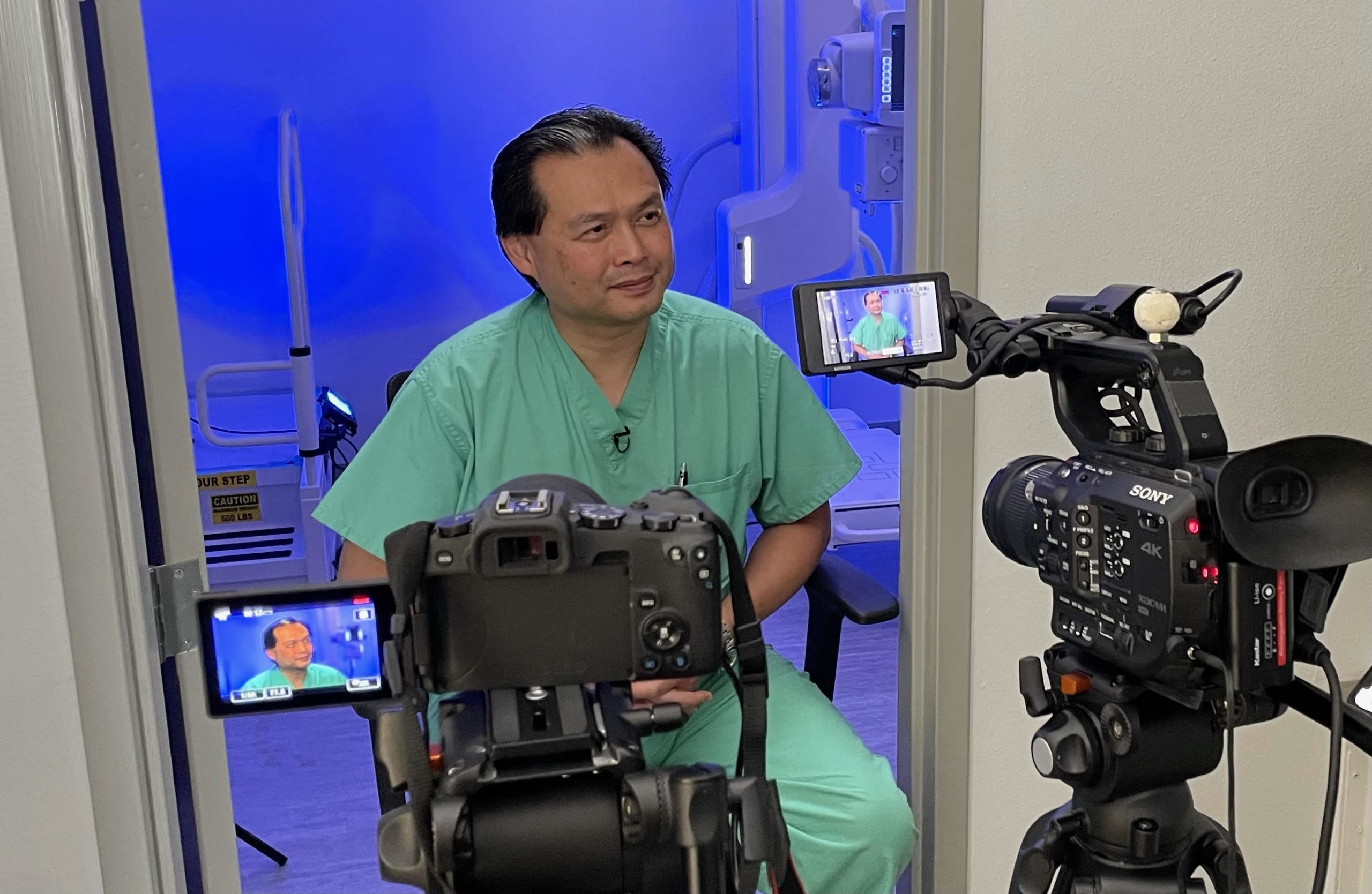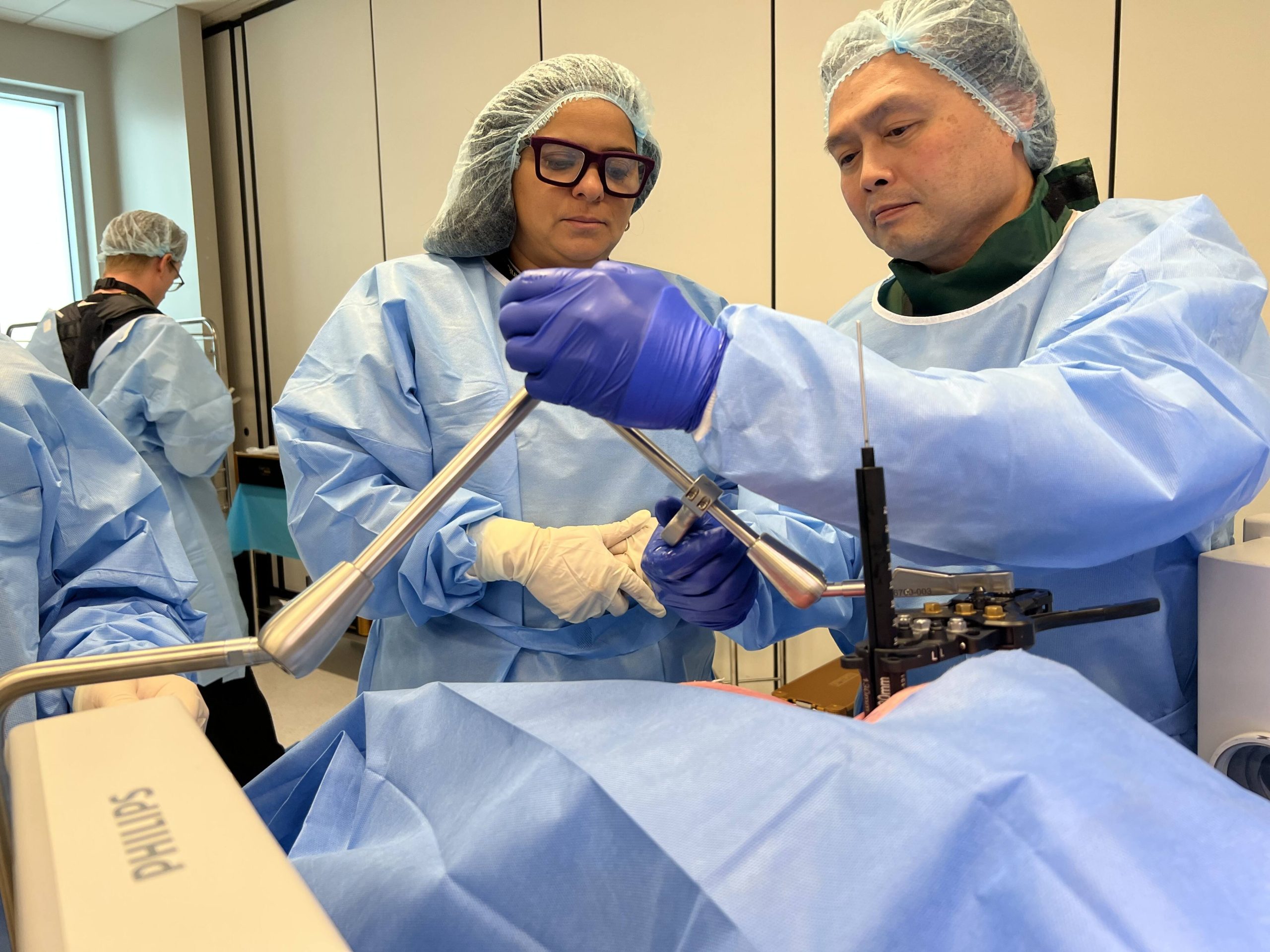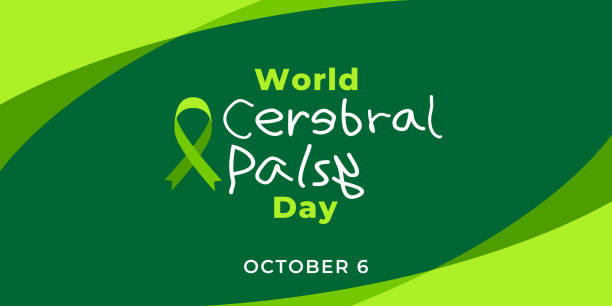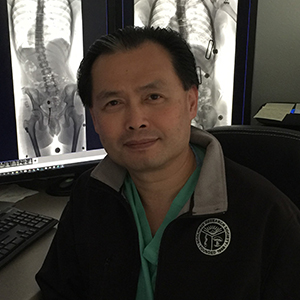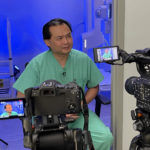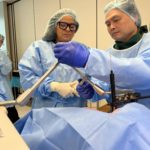With the ever-evolving progress in modern medicine, tools and procedures are becoming more advanced. The same holds true for the realm of spine surgery, with more and more spine surgeons adapting their practices to include operating procedures that result in less time under anesthesia and quicker times to heal. For Dr. Robert Huang at the Orthopaedic Spine Institute of Northwest Florida, one of the most impactful services added to his repertoire has been endoscopic spinal surgery (ESS).
ESS is a surgical procedure using miniscule incisions, usually less than a centimeter long, and tubular systems that is used in tandem with an endoscope so that a surgeon may visualize the surgical area that is being treated. The endoscopic camera shows the surgical area on a monitor so the surgeon can actively view the area. Small surgical tools are then used to take out any bone spur, thickened ligament or herniated disc material that needs to be removed.
While endoscopic surgical approaches are commonly used in other areas of the body, the latest innovations in optics, visualization of tissues, and enhanced spinal imaging have brought ESS to the avant-garde of surgical treatment options for many patients looking to relieve chronic pain, numbness, and sciatica caused by disc herniations, spinal arthritis and other spinal issues including spinal stenosis, spondylolysis, spondylolisthesis, scoliosis and kyphosis.
ESS is designed to provide patients with smaller incisions and less time under anesthesia, which ultimately leads to quicker recovery time and less pain than traditional spine surgery techniques. Compared to traditional procedures, patients often report shorter surgery, less pain, lower risk of infection and little to no need for prescription medications.
ESS also can help preserve a normal range of spine mobility after an operation, which means less long-term effects, especially in older demographics who experience more drastic impacts when going under the knife.
For experienced spine surgeons like Dr. Huang who regularly perform ESS procedures, the surgery reduces the need to cut through soft tissues, which results in less blood loss and faster healing time, allowing patients to quickly get back on their feet with minimal side effects. Typically, patients are able to return home within 24 hours of an ESS procedure.
Common types of spinal issues and disorders that may necessitate an ESS procedure include disc herniation, facet arthropathy, sciatica, and spinal stenosis.
If you or someone you know is dealing with back or leg pain and believe an ESS procedure may be right for you, contact OSINWFL today for a consultation and take the first steps to regaining your mobility!


